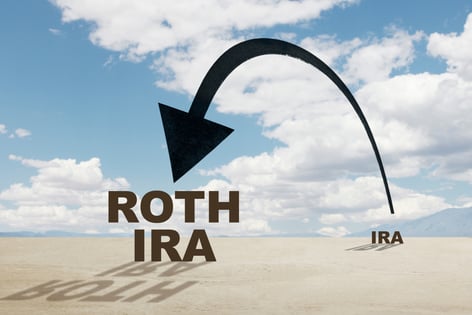A practical guide to unveiling and fixing overlooked financial blind spots that jeopardize generational wealth.
Identifying Hidden Risks:
Wealth preservation isn't about just what you can see on a balance sheet—it's about what you can't see that can cause the greatest loss. For high net worth (HNW) families, the hidden risks often disguised as blind spots can unravel decades of planning. The most common: over-concentration in legacy stocks or business interests, leaving families vulnerable to sector shocks or company-specific events. Busy executives or business owners often ignore regular portfolio reviews, assuming what worked over the last decade will keep working. Unfortunately, economies shift, companies falter, and what was once a reliable asset might now represent a major risk.
Another persistent blind spot: documentation. Wills and trusts signed years ago, never reviewed following marriages, divorces, or births, often fail to match current family structure or intentions. Perhaps most overlooked is the proliferation of digital assets—online accounts, cryptocurrencies, and digital business interests—which rarely show up on traditional asset inventories but are essential in modern estate planning. To start uncovering risks, work with advisors who will audit every asset class and title, physically and digitally, and compare to your current goals.
Tax, Estate, and Regulatory Pitfalls: Changes You Can't Afford to Miss
Most blind spots emerge when families let tax, legal, or portfolio rules become outdated. Major tax law changes (like the sunsetting of estate, gift, or capital gains exemptions), new state residency requirements, or altered international reporting standards can dramatically shift your risk exposure—sometimes with little warning. Many HNW families stick with assumptions made under old law or abide by rules that no longer apply, such as out-of-state asset titling or grandfathered trusts lacking new compliance provisions.
Additionally, cross-border asset ownership increases the stakes; changing treaties or localized court decisions may void intended arrangements. Even in the U.S., recent years have brought new scrutiny to digital assets, requiring careful reporting and beneficiary documentation. Modern wealth plans must integrate estate protection, income tax projections, and regular reviews of asset titling and jurisdiction.
Proactive Reviews, Coordination, and Documentation for Lasting Wealth Protection
Overlooked risks are only avoided through diligence and a system of regular, collaborative review. Build a procedure where all key advisors—wealth manager, estate lawyer, tax CPA—meet annually to update inventories, coordinate strategies, and discuss new threats. Every major life or law change should trigger a written audit: who owns which account, who are the beneficiaries now, what happens if a key person becomes incapacitated?
Modern families should leverage digital vaults, encrypted messaging, and periodic "legacy meetings" to keep heirs, trustees, and advisors on the same page. Always document decisions with clear rationale, especially for blended or geographically dispersed families. Employ scenario testing ("what if an asset is frozen in another country?" "what if digital heirs can't access crypto accounts?") to stress test the family blueprint. With vigilance and coordination, even invisible threats become manageable.




